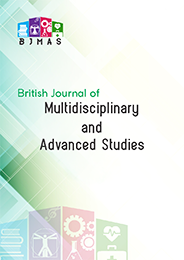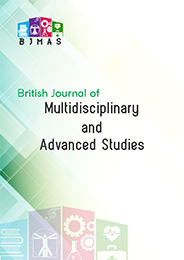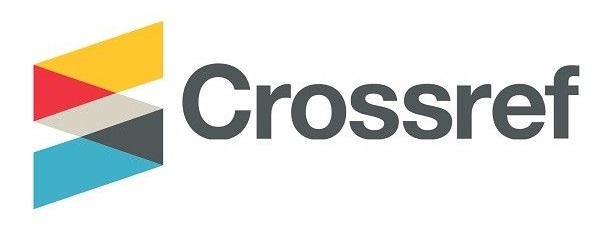Anti-Corruption Education for Catechumens
DOI:
https://doi.org/10.37745/bjmas.2022.04218Abstract
Research with the theme of anti-corruption education for catechumens examines two things, namely why anti-corruption education material is given to catechumens and how catechumens view this material considering that they are only preparing themselves to fulfill the requirements for the sacrament of holy communion. The research method used is qualitative research. The data used are primary and secondary. The results showed (a) that the church seeks to empower and prepare church members to play an active role in the life of the nation and state. The church is called to convey its prophetic voice to realize the welfare of society. (b) Anti-corruption education for catechumens is urgent and relevant because they are part of society that has a role in preventing and eradicating corruption. As agents of change in society, Catechumens can show their existence as bearers of good news. This means that catechumens must endeavor to be part of the solution to the problems experienced by the people, nation, and state of Indonesia. The church is not a corruption-free area and can even be a safe area for corruption because of the forgiving character of the church. So, this material is very urgent and relevant to help create an attitude of concern for the impact caused by anti-corruption, and (c) The catechumens' view of the anti-corruption education material provided to them as a step forward because the impact of corruption is felt by the whole community including the church and catechumens so that apart from increasing knowledge, they also actualize anti-corruption values in their daily lives.
Downloads
Downloads
Published
Versions
- 19-01-2025 (2)
- 19-01-2025 (1)












